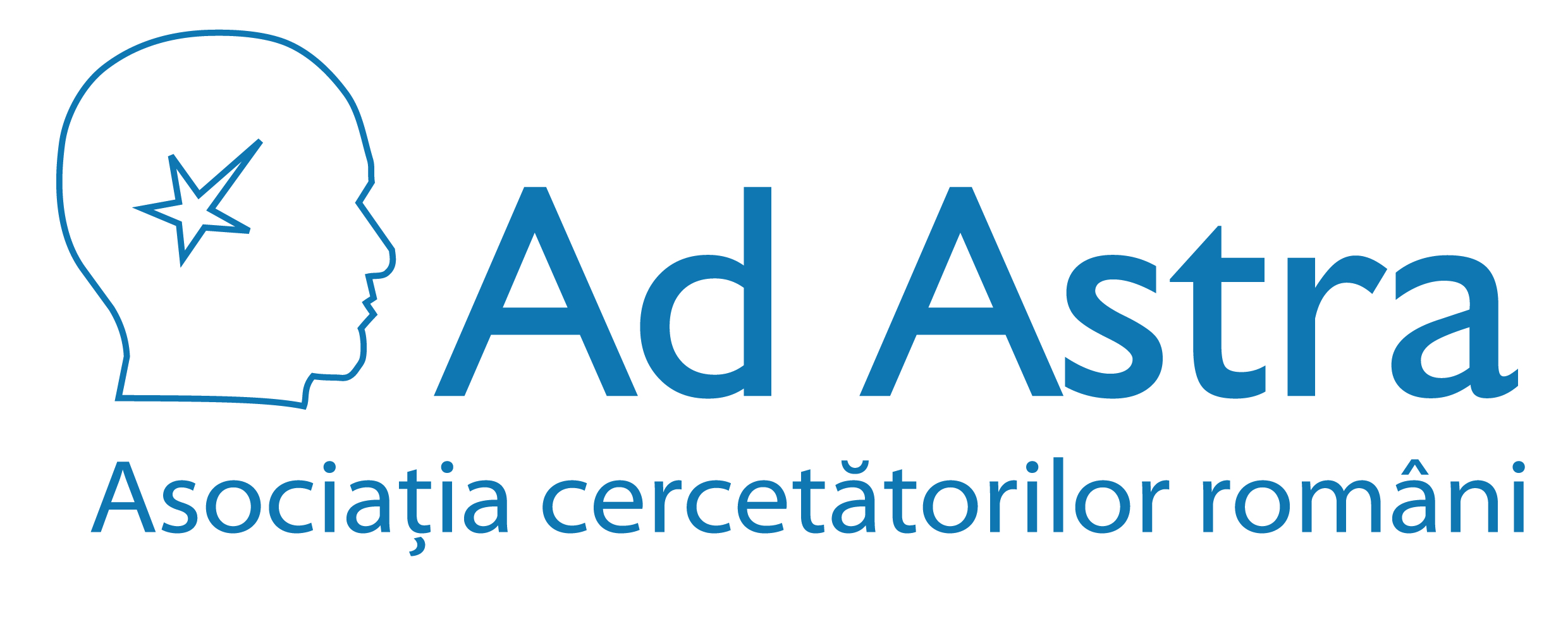Rapid recovery of a rectovaginal fistula with infliximab in a patient with Crohn’s disease.
We present the case of a female patient diagnosed with colonic Crohn’s disease, having a clinical evolution with many recurrences and in whom conventional therapy had failed. The patient was admitted in our department 4 years after the onset of the disease, with an altered general state,diarrhea, malnutrition, fever and fecaloid vaginal discharge. Investigations classified the patient in a severe activity flare of Crohn’s disease (CDAI 329),
Read more